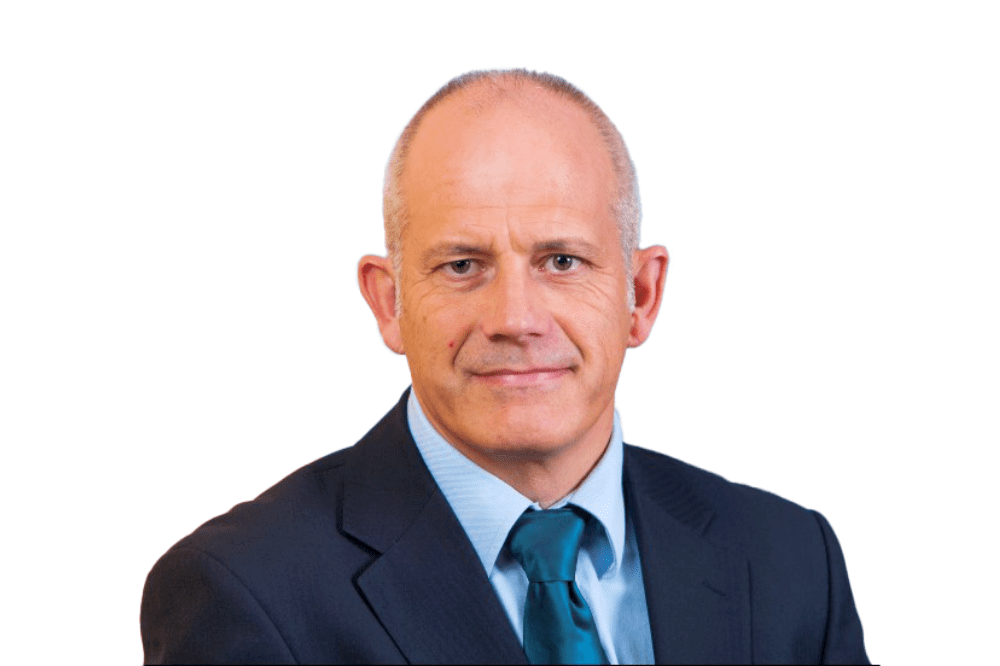

This is according to information supplied to Insurance Business as part of a Freedom of Information request response.
| Number of firms contacted | Jan | Feb | Mar | Apr | May | June | July | Aug (as of 25/8) |
| Proactively (no specific evidence of non-compliance) | 27 | 4 | 5 | 0 | 0 | 0 | 0 | 0 |
| In response to evidence of potential non-compliance | 3 | 4 | 7 | 7 | 1 | 2 | 0 | 1 |
| In relation to the GIPP attestation | 0 | 0 | 0 | 15 | 81 | 511 | 473 | 10 |
|
Total |
30 | 8 | 12 | 22 | 82 | 513 | 473 | 11 |
Source: Insurance Business, FCA FOI data
GIPP rules came into force in January of this year, as the regulator sought to stamp out a practice known as ‘price walking’ or ‘dual pricing’, through which loyal consumers were quoted more at renewal than they would have been as a new business customer.
As of August 25, the regulator had contacted firms 1,151 times in total regarding compliance with the regulations, with the bulk of this relating to GIPP attestations (1,090 instances) where firms had failed to respond and the remaining 36 firms having been contacted despite no evidence of non-compliance.
Of the firms that had responded to the FCA’s queries on GIPP attestation, all that had responded by August had either said they were compliant or that the rules did not apply to them, the regulator said.
Insurers fare better than brokers on GIPP compliance
The FCA published the results of an analysis of a sample of 18 insurers and 48 brokers that had supplied GIPP attestations in December, and while it found that larger firms – said to be mainly insurers – were “generally able” to attest compliance, smaller firms had “few or no” records to show.
Some firms supplied “limited information” or a statement claiming that they had not treated renewing and new customers differently prior to rules being in place, although no evidence was supplied to support this in most cases, the regulator said.
The FCA found some areas for improvement, with four of the 48 sample brokers having failed to make clear whether a person attesting was a senior management function holder.
Just 11 of 66 firms initially supplied records that “met our expectations”, the FCA said in the December 2 update. However, following meetings with a sample 15 firms, the regulator said it was “generally able to gain sufficient assurance” that appropriate evidence and records existed.
Many firms often omitted key evidence in attestations, while in some cases internal audits were relied on as the “main if not only” source of compliance evidence, and in some cases the regulator said governance and policy documents had not been updated.
More than a third of the businesses failed to “adequately” provide evidence on governance and controls, and procedure documents, the regulator said.
“This increases the risk that firms may systematically discriminate against home and motor insurance customers resulting in harm to consumers,” the FCA said in its report.
No enforcement action had been taken against insurers or intermediaries for GIPP breaches as of August 25, 2022, according to the FCA FOI response.
Tackling the “loyalty penalty”
Citizens Advice brought attention to the price walking issue in a 2018 super complaint, after it found that loyal customers were paying a £3.6 billion penalty across the home insurance, mobile, broadband, mortgages and savings markets.
Over the past 12 months, in which GIPP rules came into force, home and motor insurance pricing has “increased at the competitive end of the market” by 4.1% and 12.8% respectively, according to Consumer Intelligence.
The changes have also led to a “proliferation” of PCW product offerings, according to Consumer Intelligence CEO Ian Hughes.
“Some of these [new PCW] offerings are brand new to market and some are mutations of previous offerings,” Hughes said.
“The critical question for all these products is whether they are designed to deliver good outcomes for customers.”
Brand stacking, wherein a PCW user may see multiple products from the same insurer in their top search results, is one tactic that has boomed since GIPP changes.
Engineered well, brand stacking could offer more consumer choice, though done badly it could be “confusing”, with a Consumer Intelligence representative having previously said that the regulator could be keeping an eye on the practice.
Given the recency of changes and responses, “conversation and understanding is critical for all parties [including insurers, PCWs, and the FCA] if they are going to deliver the outcomes for consumers”, Hughes said.
“We welcome anything that helps to give the market better understanding and a level playing field that increases trust and confidence from consumers. That must be the right thing in the long term.”
In August, four years on from its super complaint, Citizens Advice said that one-in-seven people continued to face a loyalty penalty of £1.2 billion in total across the mortgage, broadband and mobile markets.
How well are insurance businesses, PCWs and the regulator performing on pricing practices rules? Share your thoughts below.


















